Wooden stakes sprinkled in paint and a sea of colorful banners currently rise up in the SCHIRN rotunda. “Untitled: 100banners2015” by artist Phyllida Barlow hardly allows a distanced look.
Visitors to the Schirn are currently greeted by a cluster of colorful banners in the rotunda. The penned-up pegs are part of a piece by artist Phyllida Barlow. The art work called “Untitled: 100banners2015” is typical of Barlow’s oeuvre, which crosses the boundaries between sculpture, installation and environment, with pieces often filling the spaces in which they are shown in their entirety. It seems provisional: square lengths of wood speckled with paint have been nailed together and stuck into orange sand bags in order to serve as poles holding up the perfunctorily sewn together lengths of fabric. But what do they demonstrate against?
Phyllida Barlow has made and exhibited art throughout her entire adult life. Her works were presented at the Institute of Contemporary Arts in London (ICA) as early as 1965, yet the artist’s international breakthrough did not come until 2010. Artistic acknowledgement on the grand scale came in the form of Barlow representing Great Britain at the Biennale in Venice in 2017, mounting a major solo show in the British Pavilion. Before her retirement in 2009 the artist was cherished first and foremost for her role as a professor of art. Many of her students found international acclaim before she did: including Rachel Whiteread (born 1963), the first woman to win the Turner prize in 1993, Tacita Dean (born 1965) and Douglas Gordon (born 1966), who teaches at the Städelschule.
Physical experience as an alternative to the intellectual
“100banners2015” is an example of the way in which the sculptor works with volume and physicality, with occupying space and material presence, in short: with genuine sculptural characteristics. Rather than invoking a distanced look, Barlow’s work requires a more up-close and personal involvement on the part of viewers. Her works impede their viewers’ movements: in order to move about the exhibition space, they often need to wriggle their way through or stoop to get past her works. Physical experience is revaluated as an alternative to intellectual experience in Barlow’s oeuvre much in a similar vein as it is in that of Brazilian installation artist and painter Lygia Clark (1920-1988) or German concept artist Franz Erhard Walther (born 1939): I’m interested in an experience that is to do with how you move around space, how you move around objects, and how sculpture relates to that.”
I’m interested in an experience that is to do with how you move around space, how you move around objects, and how sculpture relates to that.

Phyllida Barlow, Untitled (double stage), 2011, Courtesy the artist und Hauser & Wirth, Skulpturales Handeln, Installationsansicht Haus der Kunst, 2011, Foto: Wilfried Petzi, Image via cloudfront.net
Barlow’s work proves that large-scale sculpture is not a domain best left to male artists. Her studio is a large aircraft hangar in Hornsey, north of London. Her works are colossal. Yet monumentality remains aesthetically alien to her – in fact, her pieces are often characterized as being “anti-monumental”. Instead, they evoke urban space: the street, building constructions, scaffolds.
(Anti-)monumental works
Phyllida Barlow was born in Newcastle upon Tyne in Northern England in 1944. Her father, the psychiatrist Erasmus Darwin Barlow, a great-grandson of Charles Darwin’s, conducted research on brain trauma there. After World War II the family returned to London, where Barlow grew up. She studied at the Chelsea College of Art from 1960-3, where she also met artist and writer Fabian Peake, who would become her husband – the couple had five children. Two of them, Florence Peake (born 1973) and Eddie Peake (born 1981), are acclaimed artists themselves. She then studied at the Slade School of Fine Art from 1963-6 and began teaching art upon completing her studies. This afforded her the artistic freedom of being able to create art works alongside her teaching work without the obligation or pressure to exhibit.
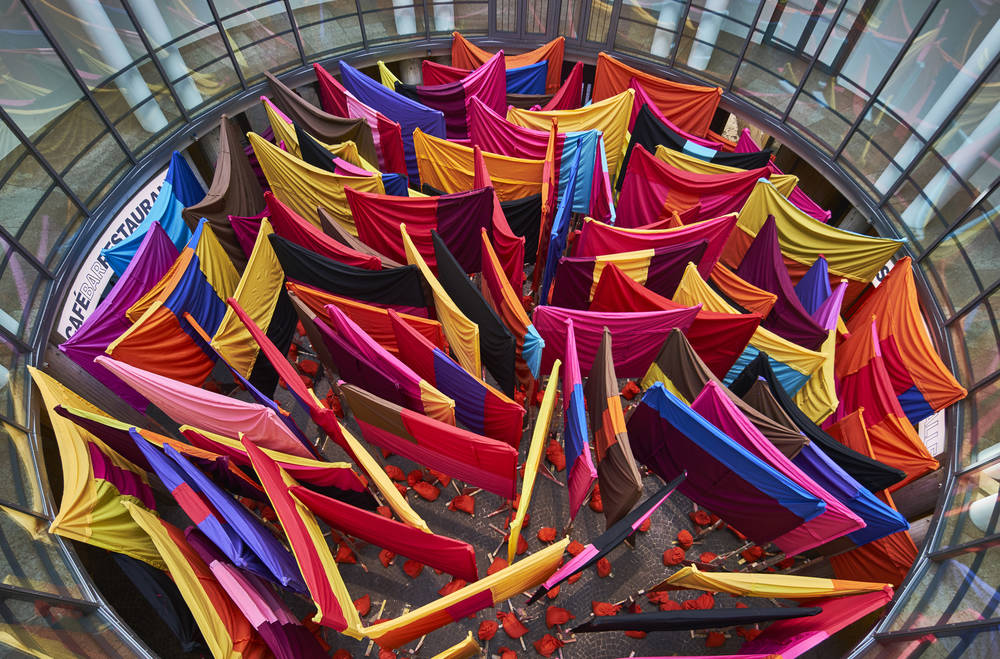
Phyllida Barlow’s work is eccentric, humorous, infused with subversive wit. The works carry titles such as “STREET,” “BLUFF,” “Cast,” “demo,” or “folly”. She creates them for the exhibition space in question in an open-ended process that leaves traces of the working process visible. She began working on provisory, almost ruin-like looking sculptures as early as the 1960s, using materials that she still employs to date: plywood, cardboard, fabric, plaster, interior paint, plastic, foam or cement.
Destroy, recycle, create
Up until the time when Phyllida Barlow began to find international acclaim and consequently also selling her art works, she used to destroy most of her pieces at the end of each exhibition. Almost five decades of her oeuvre now only exists in the shape of photographs and in a remarkable body of drawings. As she didn’t have the space to store her sculptures she recycled their materials in order to create new works. This meant that the sculptural works usually had a life span of one exhibition only – an approach based on pragmatism rather than a stance opposed to a traditional notion of sculpture.
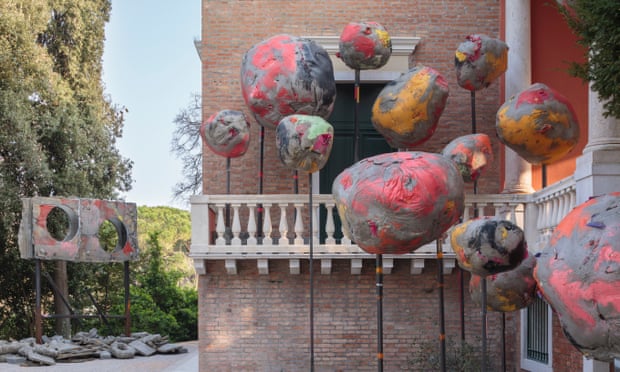
Phyllida Barlow, Folly, 2017, Photograph: Ruth Clark © British Council. Courtesy the artist and Hauser & Wirth, Image via: theguardian.com
It did nevertheless mean that Barlow’s sculptures were not meant for prosperity. But maybe it also reflected a certain skepticism in face of the notion of an endless continuity: „Values, all vlaues – sociological, economic, artistic, cultural – are changing enormously at the moment. There is conventionality and orthodoxy in art. And what is sought to be permanent, maybe is fantastic. (…) But I think we live in very different volatile times where information globally is taken in within five seconds. It’s difficult to hold on to that sense of time as always being a long time.“
And what is sought to be permanent, maybe is fantastic. (…) But I think we live in very different volatile times where information globally is taken in within five seconds.
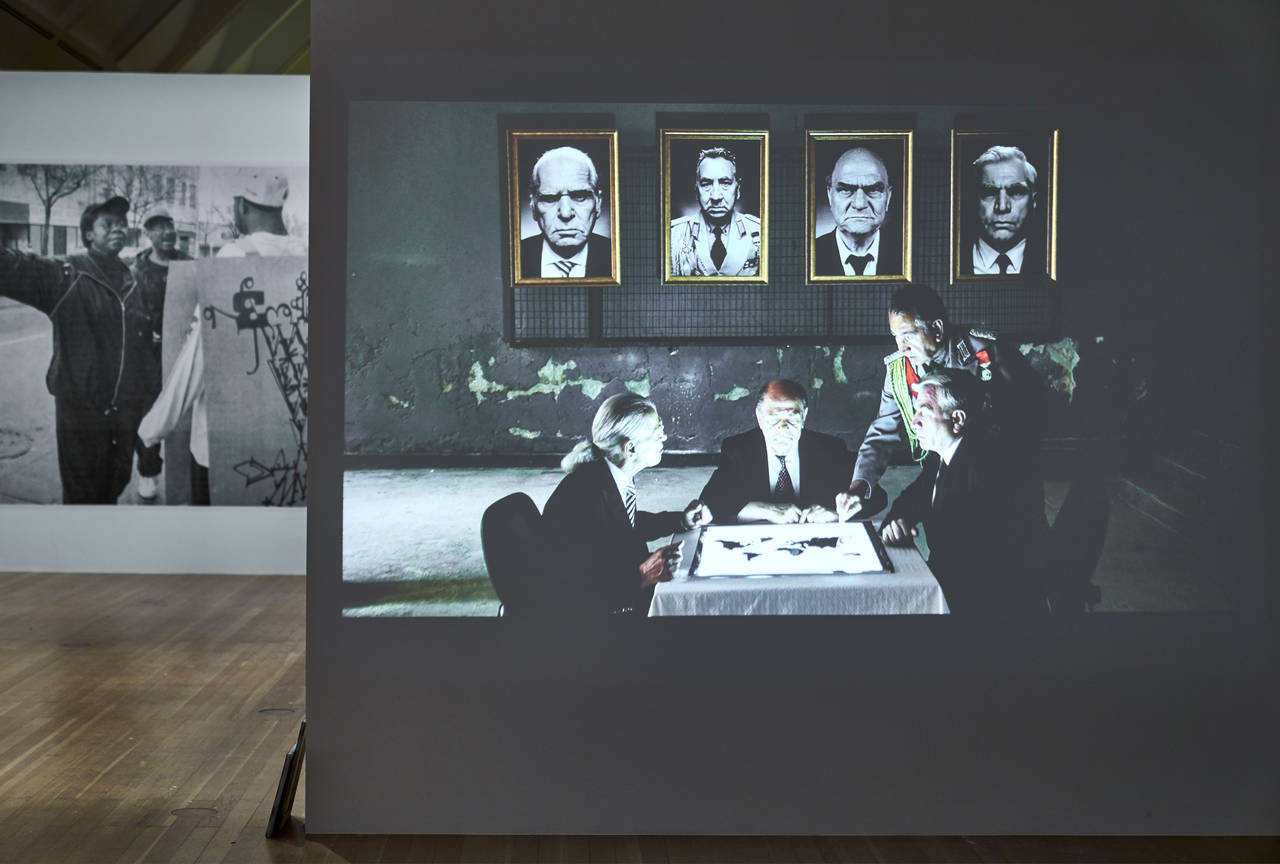
New strategies for political art – Part II
Following the first article on political art, Part II deals with sit-ins, political posters and other forms of protest in art from 1968 until today.
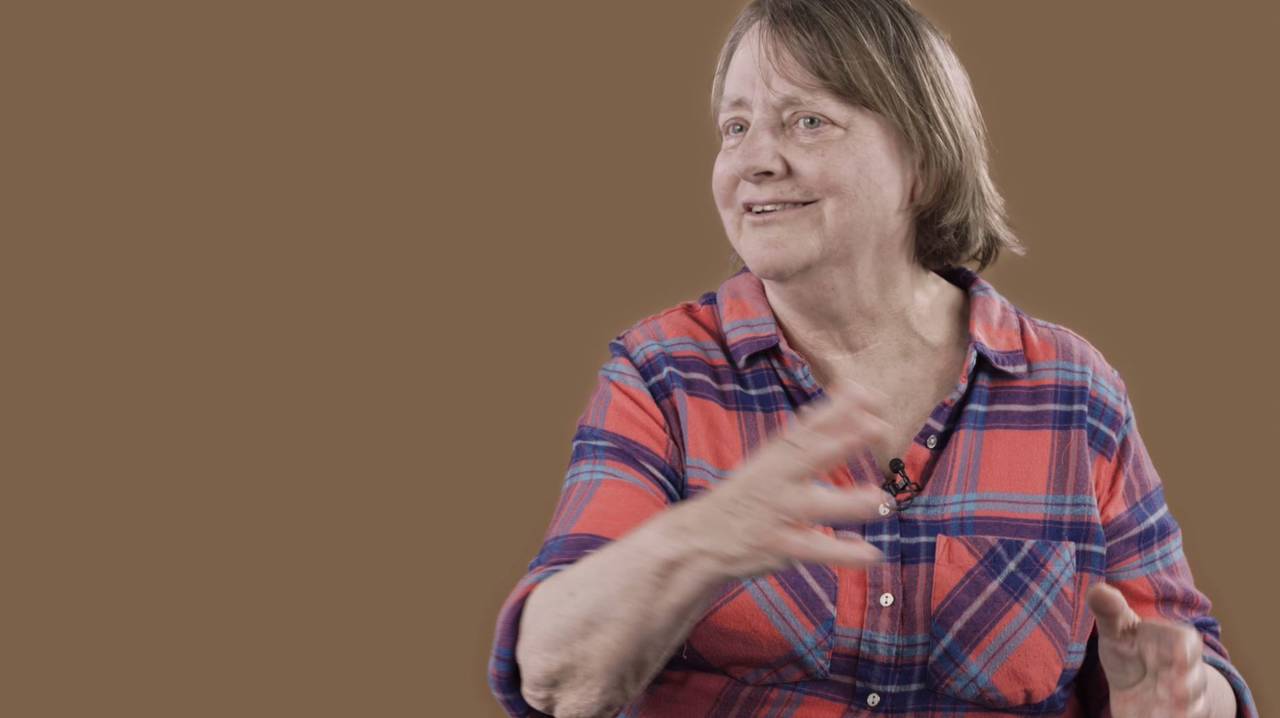
PHYLLIDA BARLOW
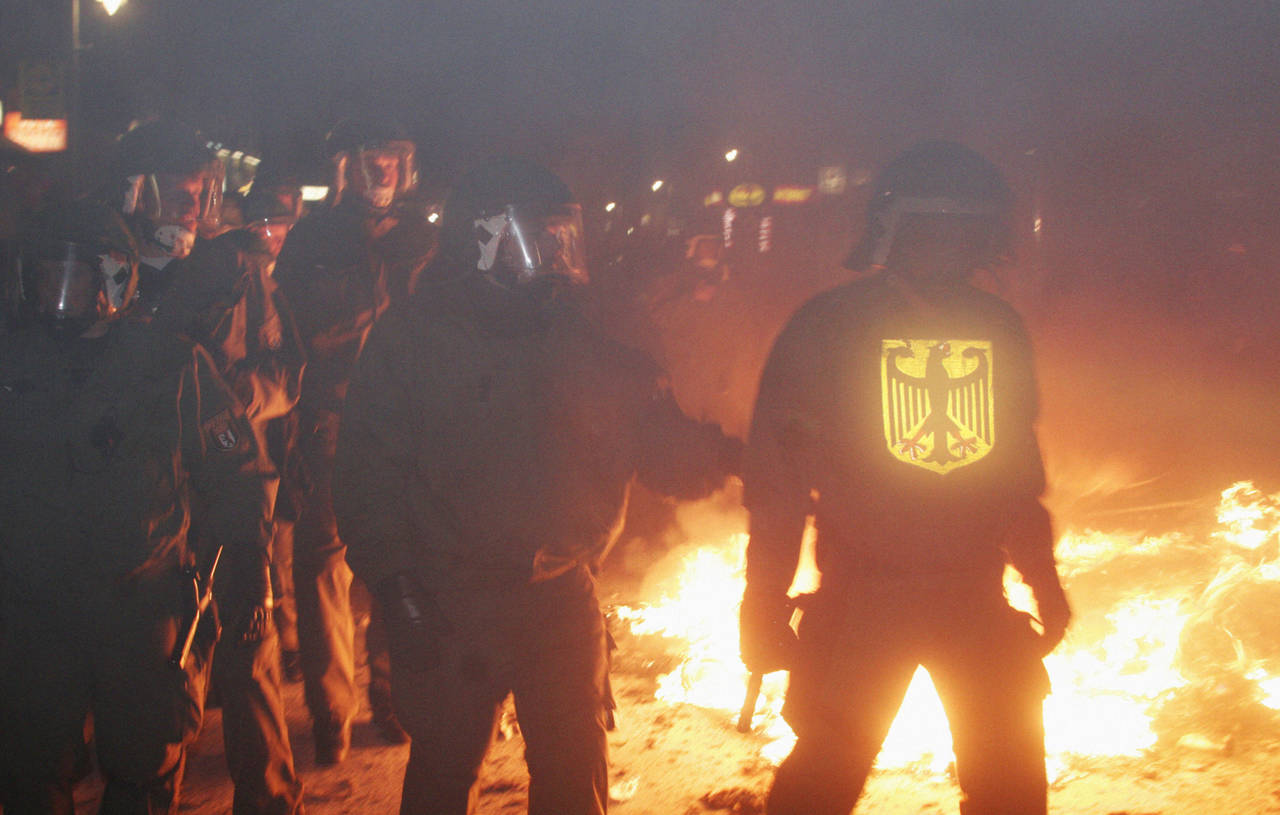
New strategies for political art – Part I
Politically committed art as we know it today would be almost inconceivable were it not for the events that took place around 1968. We too, so we are...
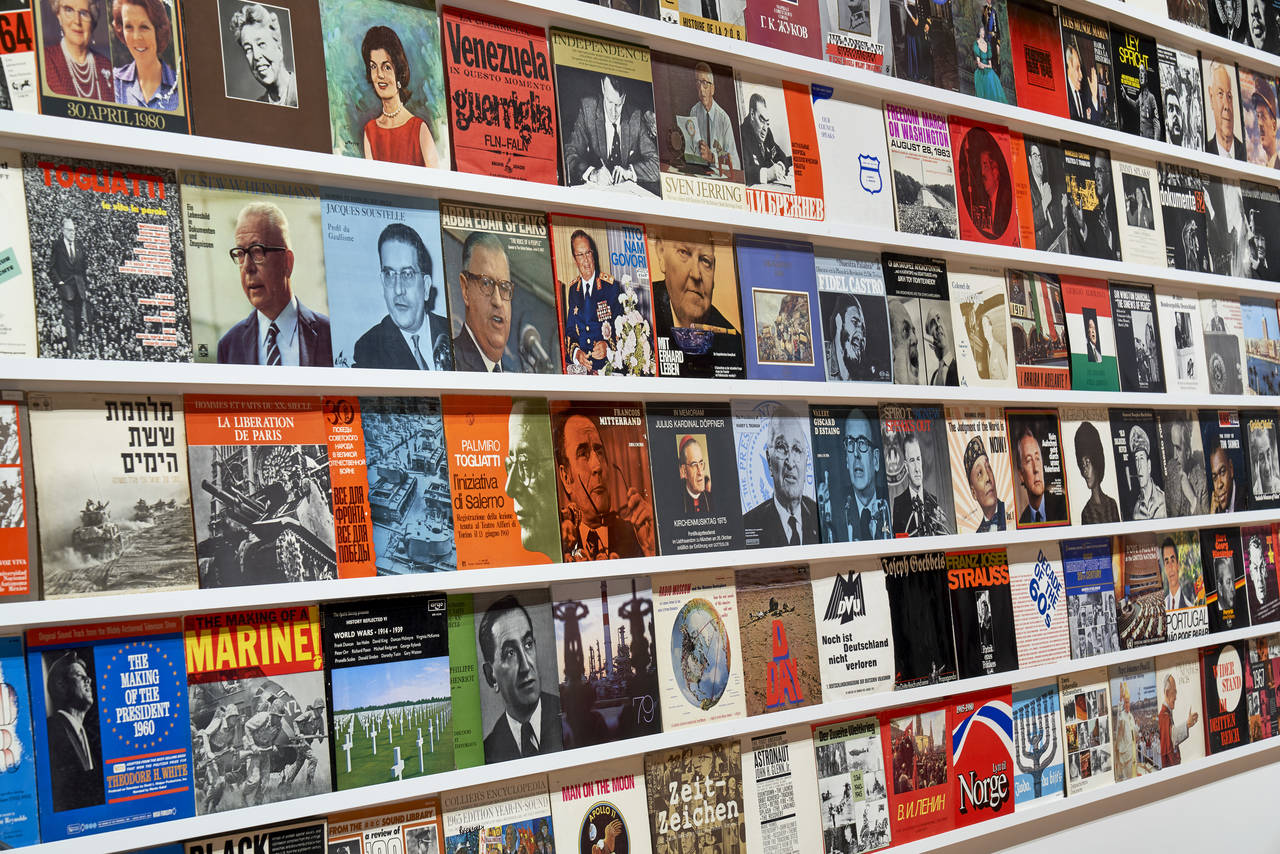
History as a fetish
History lives on in memories – and is narrated and interpreted by each generation anew. With “The Record Archive”, artist Dani Gal presents a section...
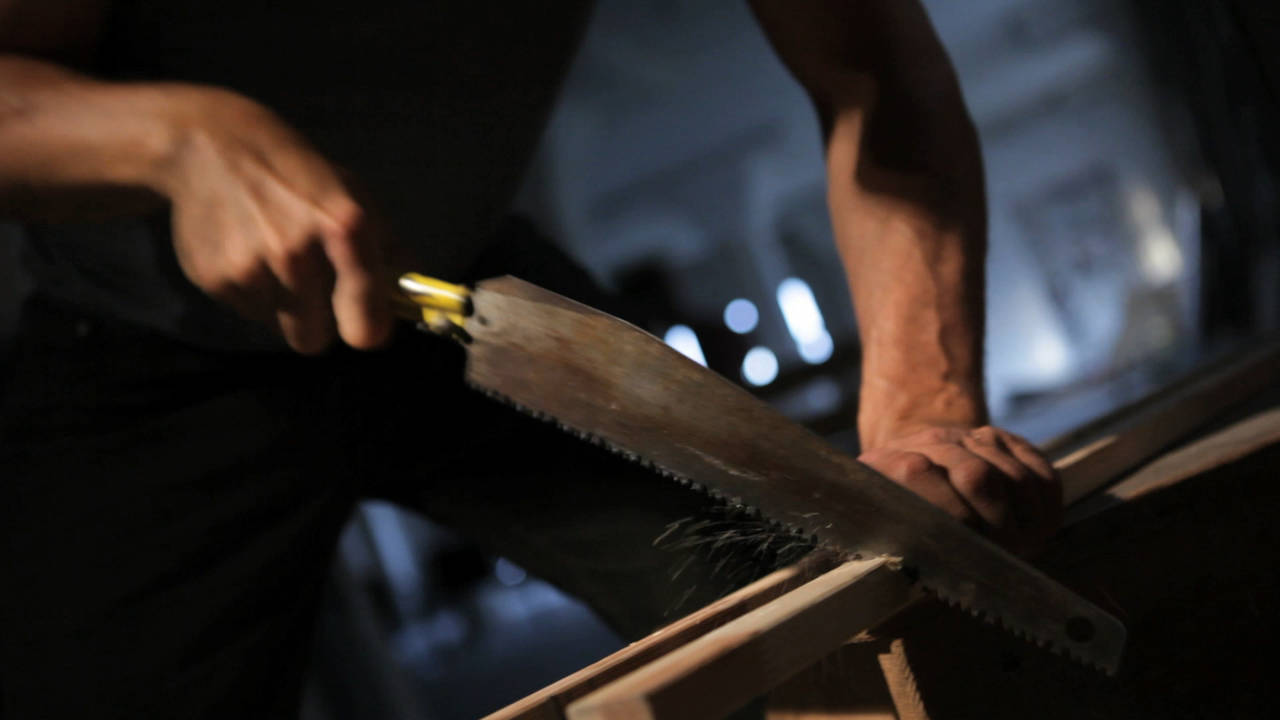
I am a political artist!
The artist Nasan Tur, born in Offenbach in 1974, lives and works in Berlin. SCHIRN MAG talked to him about the role of political art, the developments...
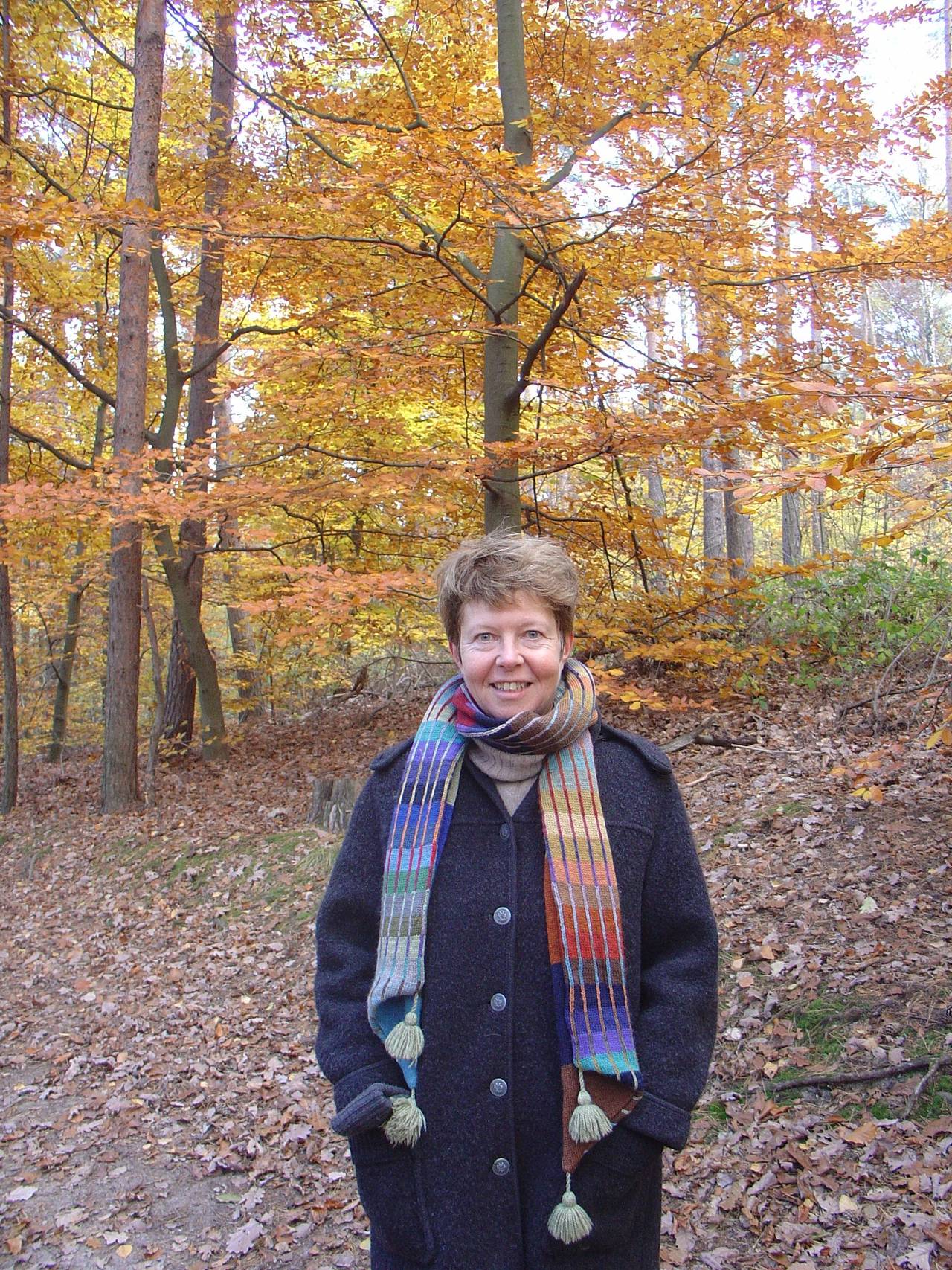
Championing democracy
SCHIRN MAG met Italian professor Donatella della Porta from Scuola Normale Superiore to talk about the dynamism of social protests and the bliss and...
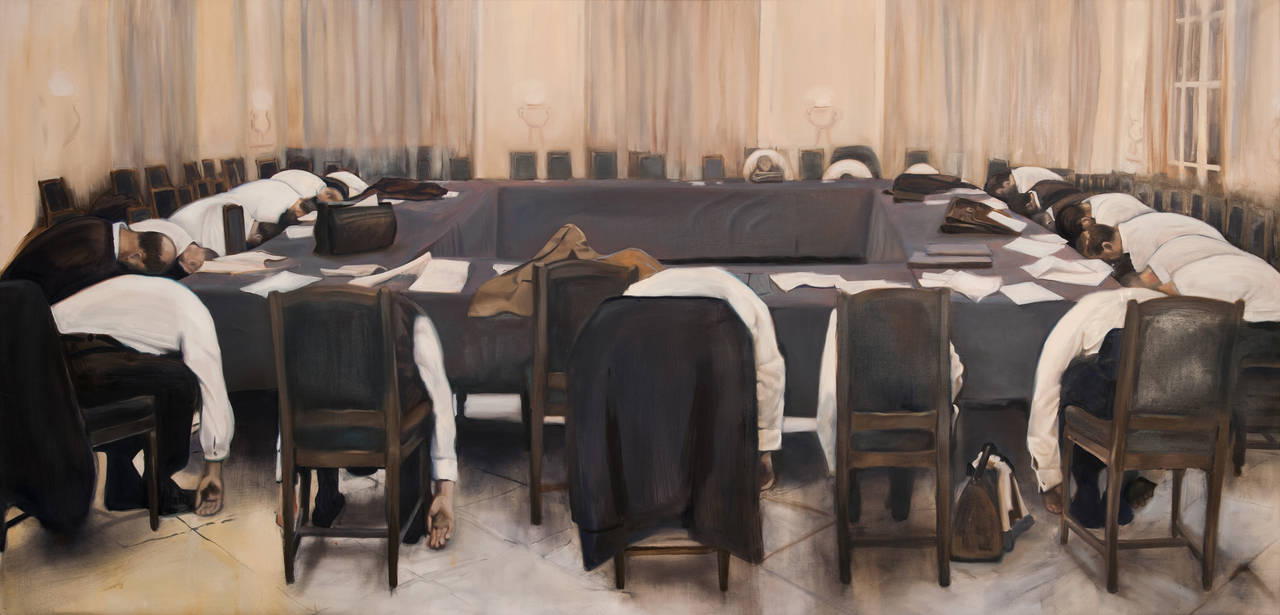
Adelita is typing...
SCHIRN MAG had a chat conversation with visual artist Adelita Husni-Bey about political art, pedagogical methods, and her painting “The Sleepers”,...
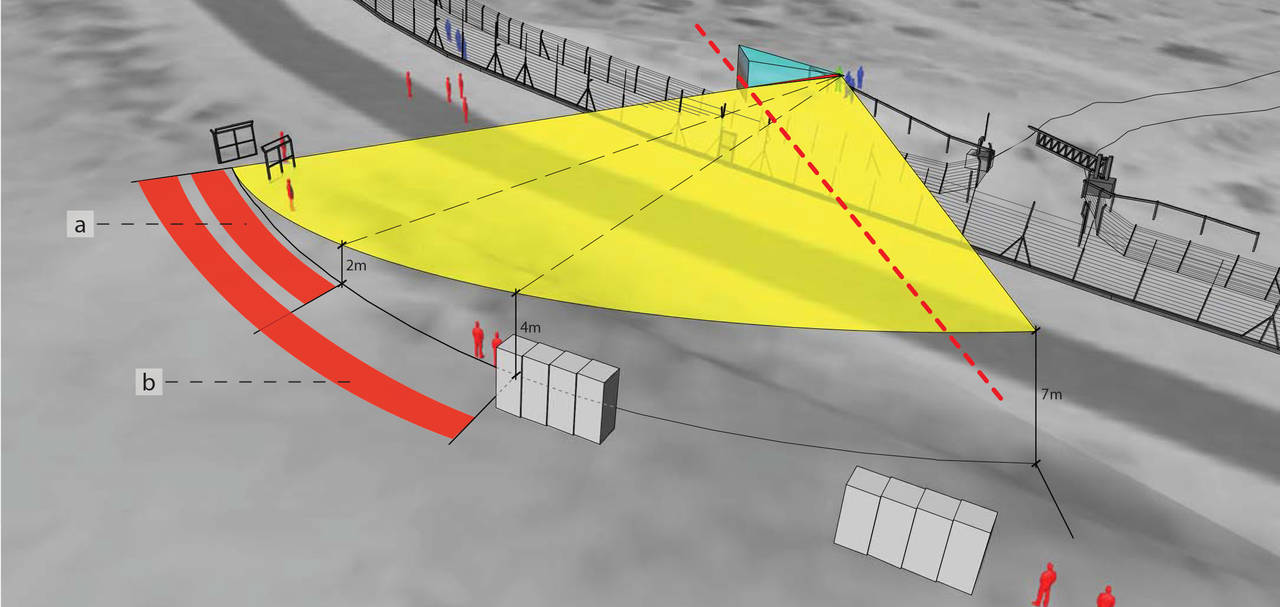
The Art of Investigation
Investigative methods are not only limited to journalistic, forensic or judicial investigation proceedings, but also encompass the sphere of art....
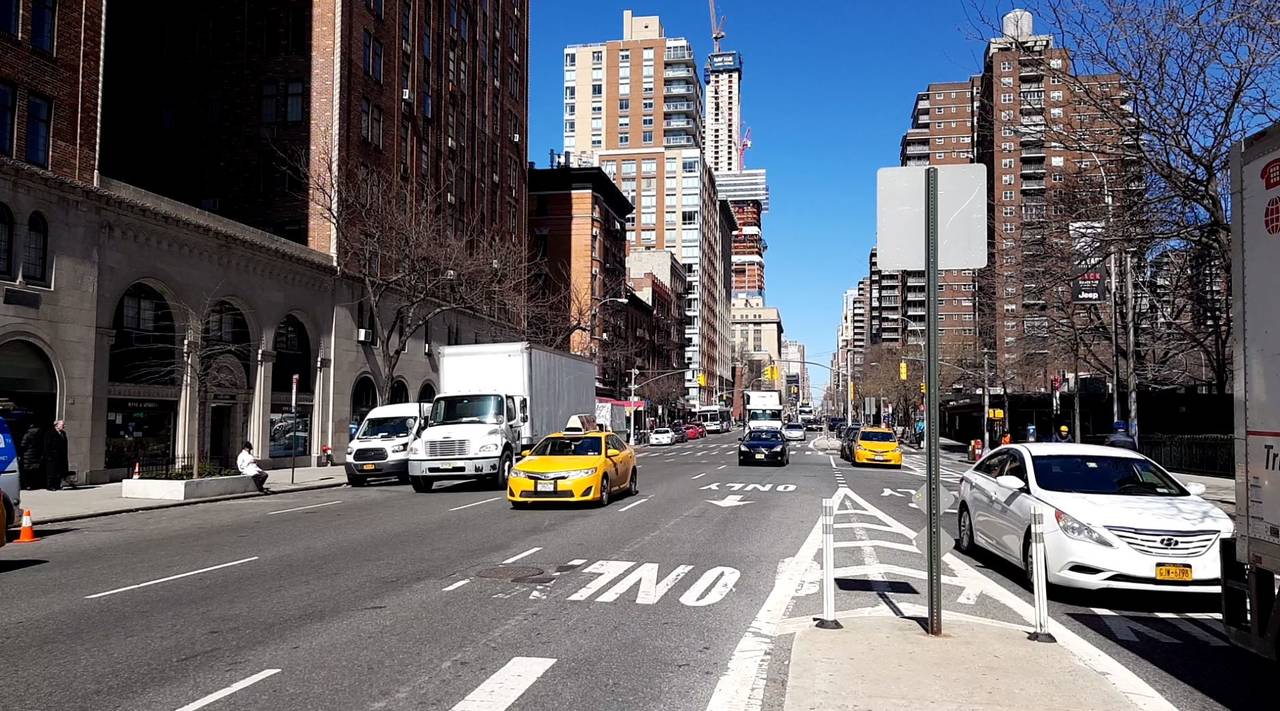
Talkin' 'bout a revolution – Part 2
The artist Katie Holten lives and works in New York, where SCHIRN MAG has paid her a visit. In Part 2 of the series she talks about tireless protests,...
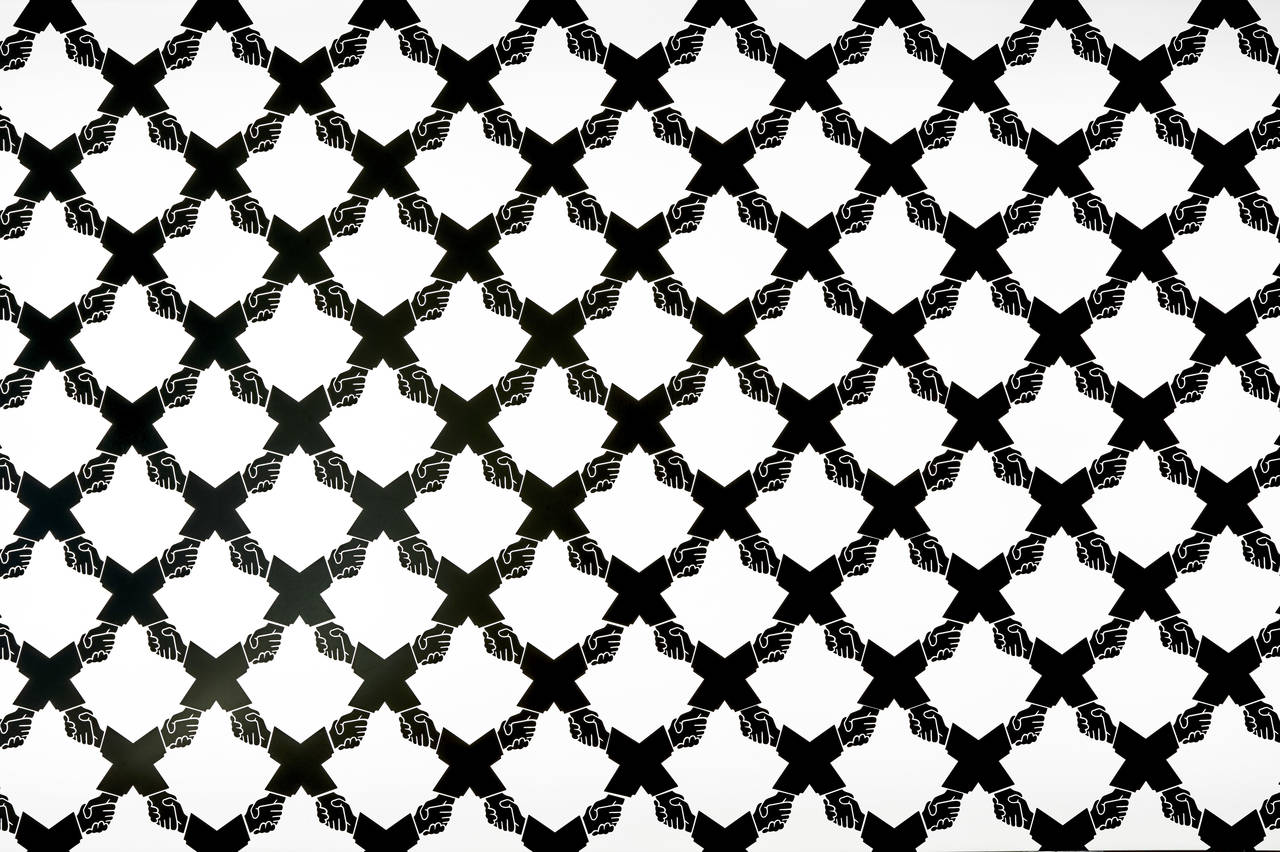
Power to the People – Soundtrack
The soundtrack to the POWER TO THE PEOPLE exhibition at the SCHIRN includes songs dating from 1937 to the present day, with artists ranging from...
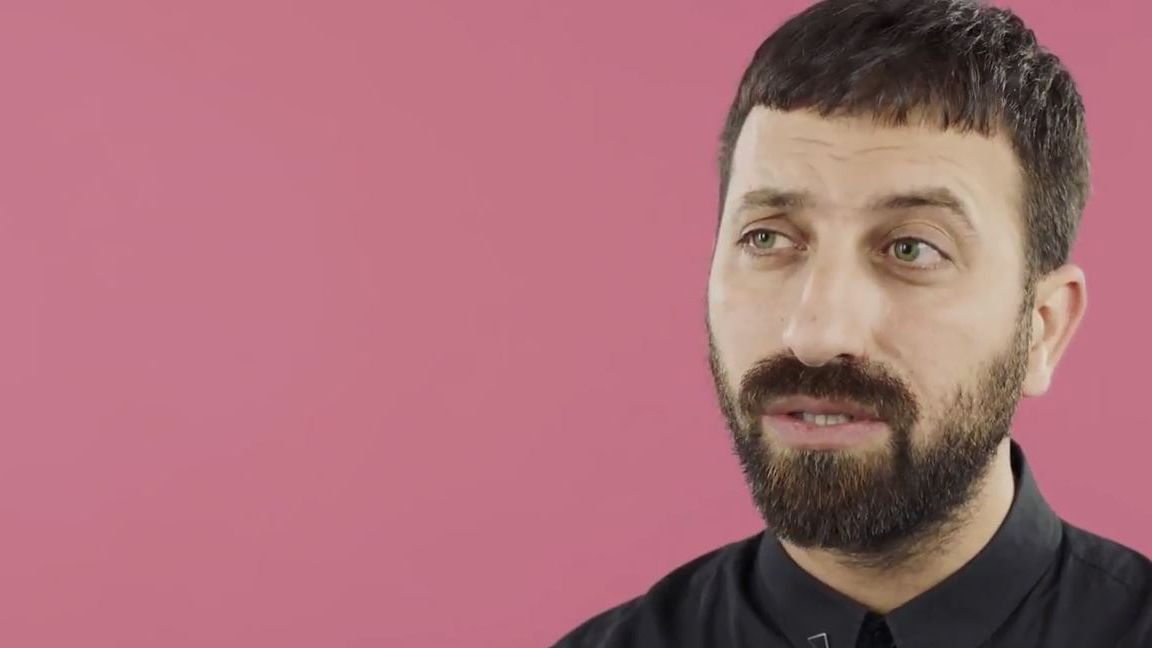
AHMET ÖGÜT

Talkin’ ‘bout a revolution – Part I
The SCHIRN MAG visited artist and activist Katie Holten at her New York studio to talk about tree drawings, powerful women and living in NY. Her...
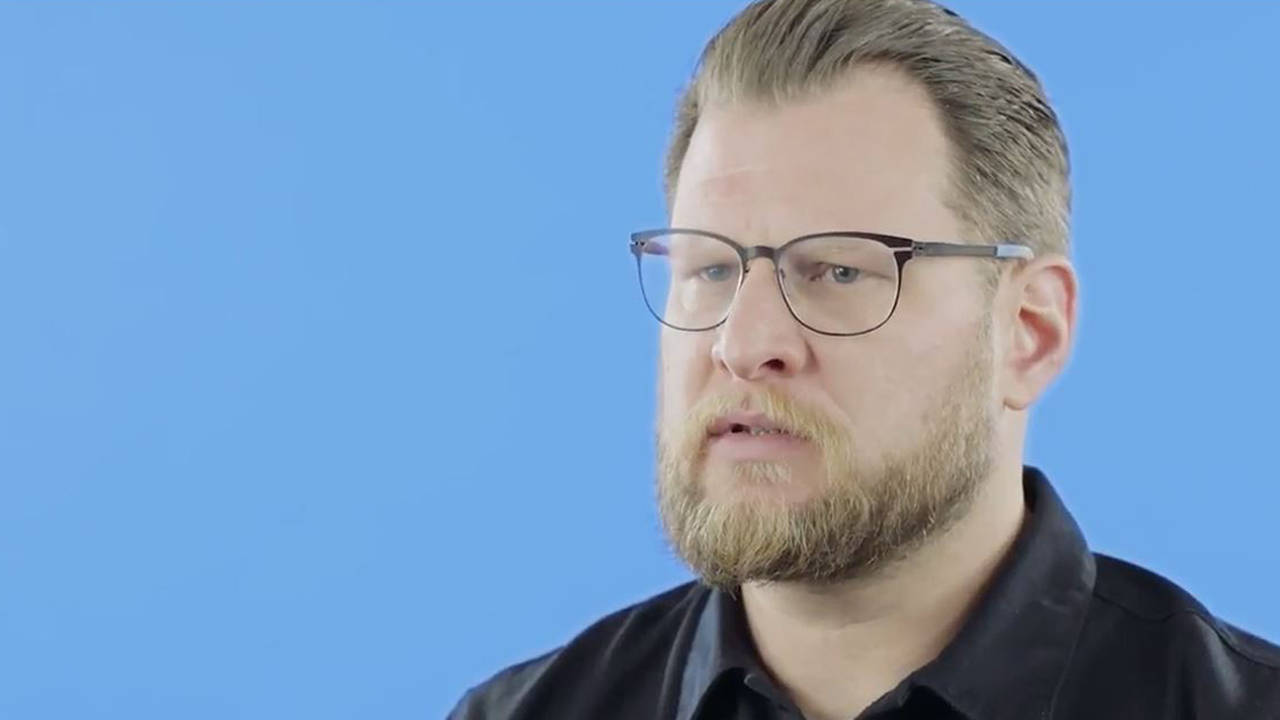
DANI GAL
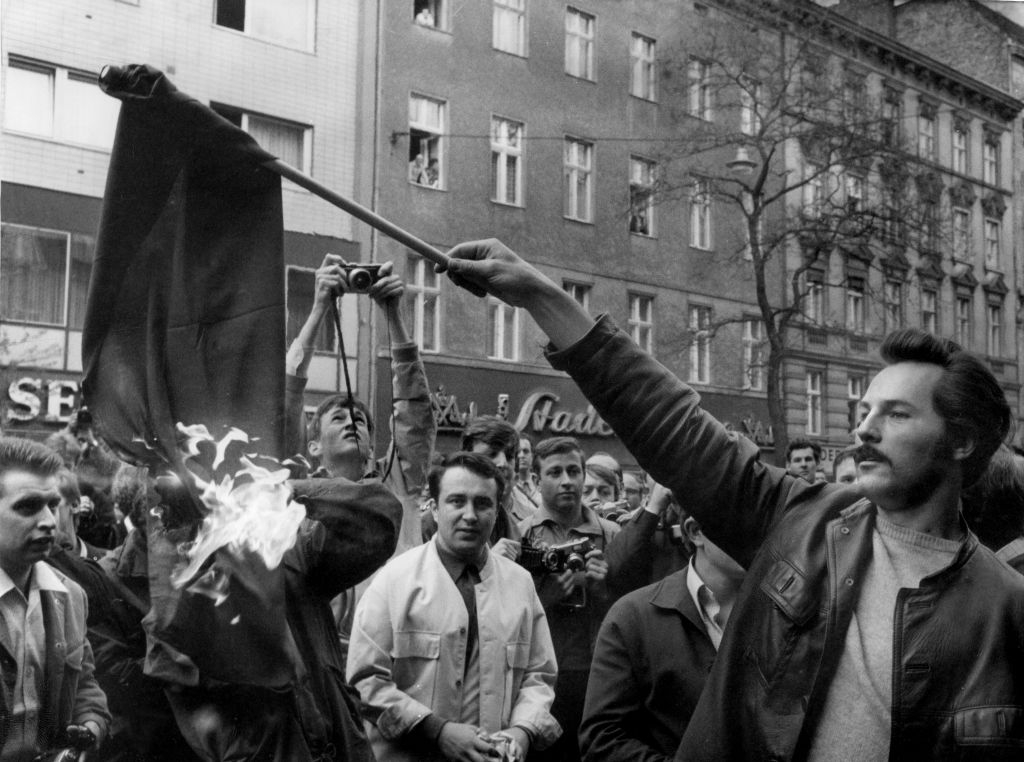
The DNA of protest movements
Wolfgang Kraushaar is a political scientist who has been conducting research for decades on the protests of 1968, radicalization, and the Red Army...
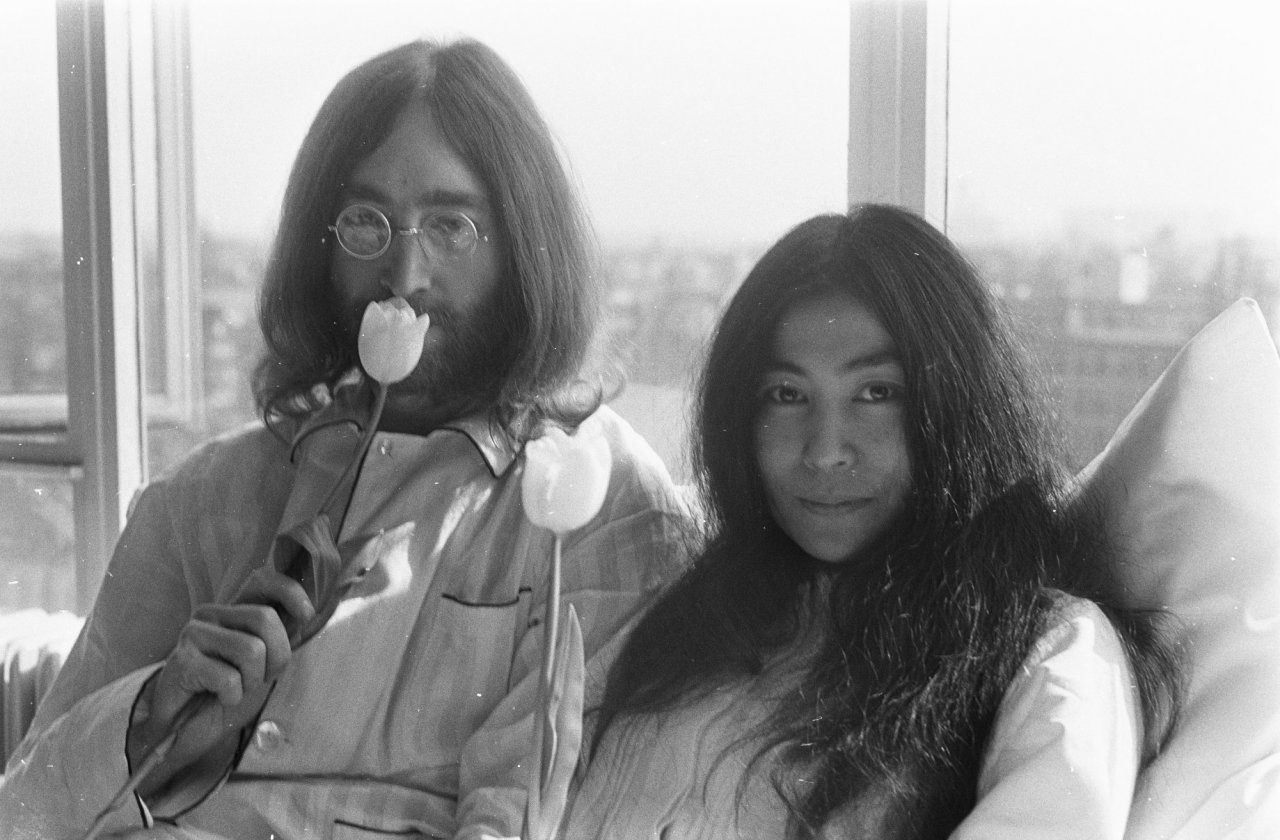
Power to the people – from the 1960s to today (Part 2)
Prominent figures like musicians John Lennon and James Brown, or computer specialist Ted Nelson, have made the political slogan “Power to the People”...
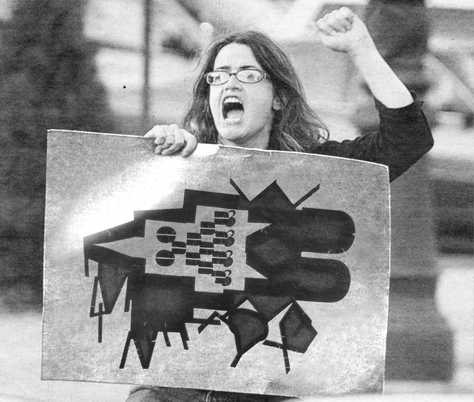
Power to the People - from the 1960s to the present
“Power to the People” is a slogan that reverberates time and again, used by civil rights movements all over the world.
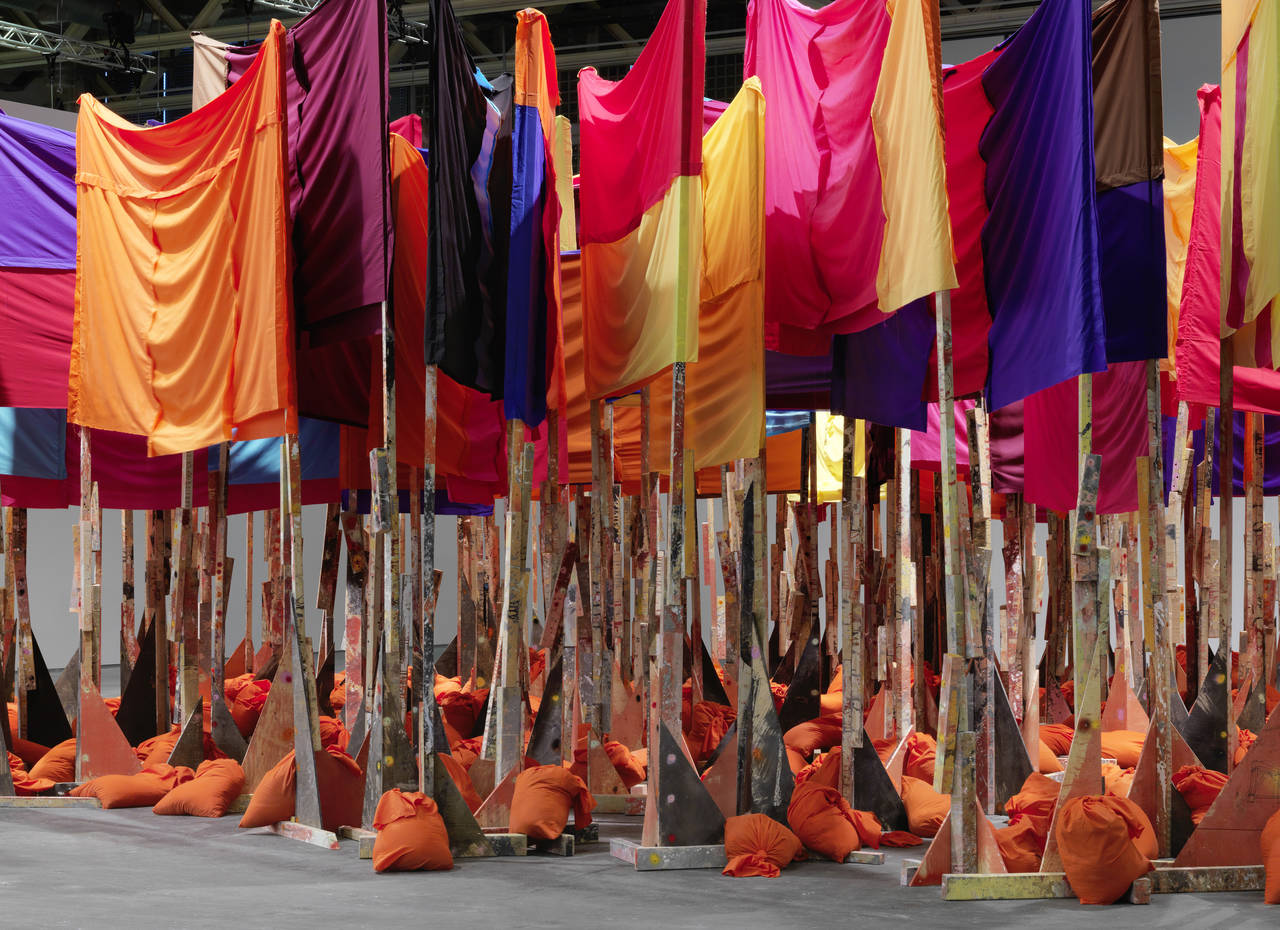
Power to the People
Starting March 21, 2018, the Schirn presents an extensive exhibition on the political art of the present day. It questions phenomena of and potential...